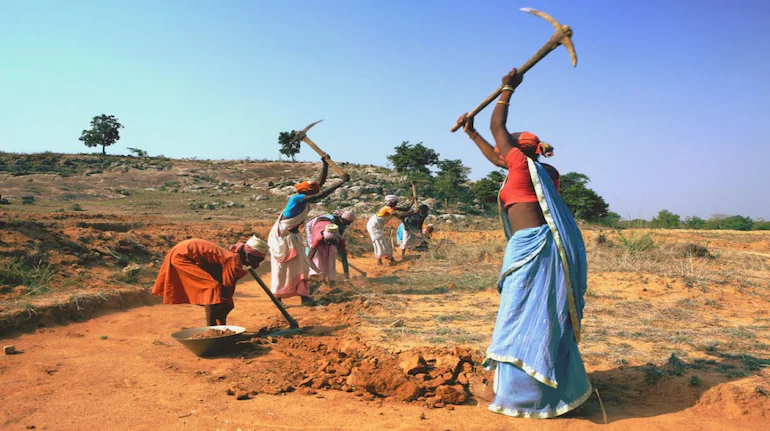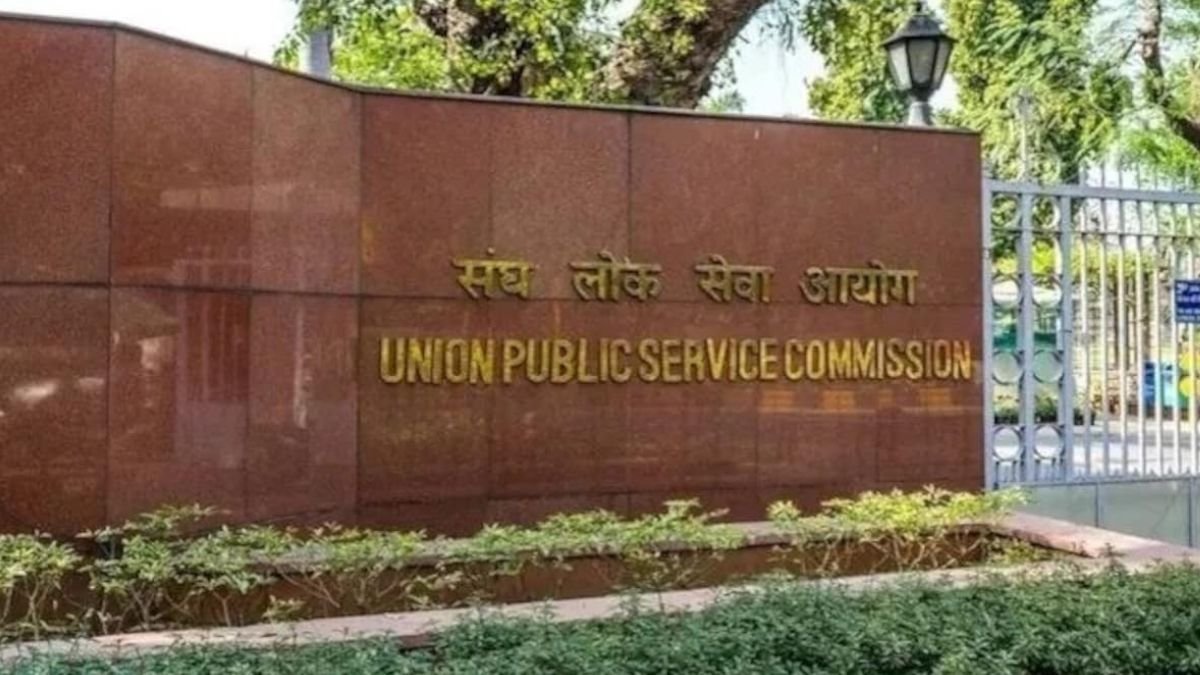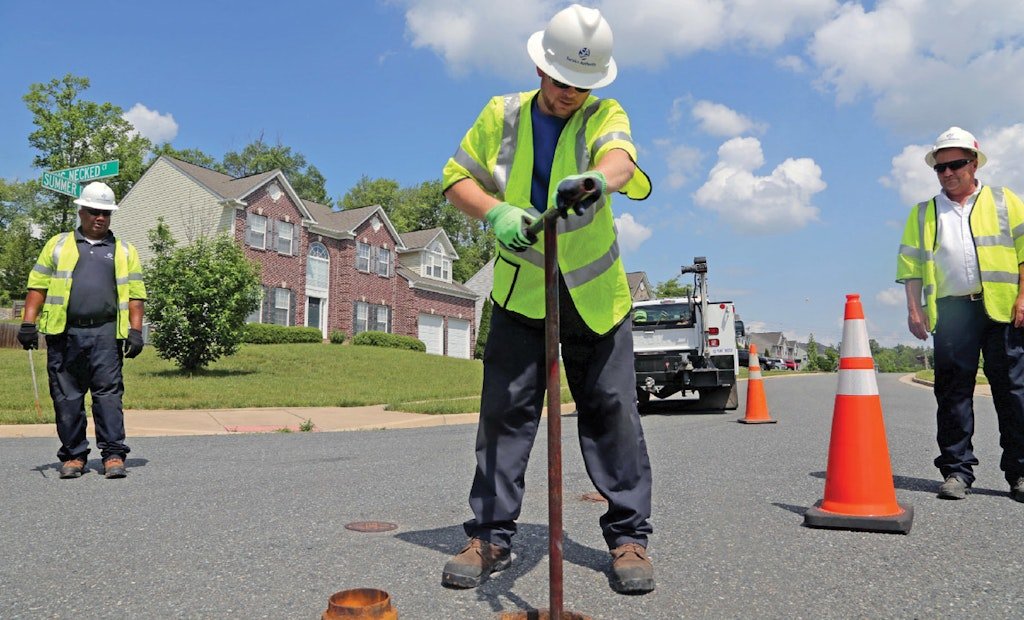Why in the News?
- The Female Labour Force Participation Rate (FLFPR) in India has jumped from about 23% in 2017-18 to 42% in 2023-24.
- However, most women still work in low-paid or unpaid roles, raising concerns about the quality of employment and the need to rethink how work is defined and measured, especially for rural women.
Key Highlights
- Understanding FLFPR
- FLFPR refers to the share of women who are employed or actively seeking work.
- Higher FLFPR is usually seen as a sign of gender equality and a dynamic labour market.
- But India presents a paradox: more women are working, yet in insecure and low-paying jobs.
- Trends in Participation
- FLFPR declined from 31% (2011-12) to 23% (2017-18), reflecting women’s withdrawal from the labour force.
- It then rose sharply to 42% in 2023-24, largely due to rural women’s participation.
- Most of this increase is in self-employment and unpaid work, not in secure wage jobs.
- Evidence of Low-Paid/Unpaid Employment
- Workers are classified as self-employed, regular salaried, and casual workers (NSSO).
- While FLFPR rose, real earnings declined for all groups except casual workers.
- This shows women are entering the workforce but are stuck in insecure, informal, or low-paying jobs, not in stable and well-remunerated employment.
- Sectoral Distribution of Women Workers
- Instead of shifting to industry and services, women’s work has moved back into agriculture.
- Share in agriculture rose from 1% (2018-19) to 76.9% (2023-24).
- Share in secondary and tertiary sectors has fallen, showing absence of structural transformation.
- Nature of Women’s Work in Rural India
- The share of women reporting domestic duties fell from 8% (2017-18) to 35.7% (2023-24).
- This was offset by a rise in:
- Helpers in household enterprises (often unpaid family work).
- Own-account workers (self-employed without regular wages).
- These roles are blurred with household responsibilities, and remain unpaid or underpaid.
Implications
- Illusion of Progress: Rising FLFPR hides poor job quality, low earnings, and unpaid labour.
- Gendered Vulnerabilities: Women concentrated in agriculture and unpaid family work, leading to insecurity.
- Economic Impact: Lack of shift to high-productivity sectors limits growth and demographic dividend.
- Social Dimensions: Care burden and domestic roles restrict women’s real empowerment.
- Policy Concern: Participation growth is distress-driven; focus needed on decent, secure jobs.
Challenges and Way Forward
| Challenges | Way Forward |
| FLFPR rise is concentrated in unpaid or low-income work. | Recognise and include unpaid labour in official statistics. |
| The majority of women remain trapped in agriculture and informal work. | Provide pathways into industry, services, and formal jobs. |
| Decline in real earnings across worker categories. | Ensure minimum wages, skill training, and wage parity for women. |
| Blurred line between domestic work and household enterprises. | Expand childcare, eldercare, and social support services. |
| Participation is necessity-driven, not opportunity-driven. | Generate quality, secure jobs via rural industrialisation and MSMEs. |
Conclusion
The recent rise in India’s FLFPR is not a sign of empowerment, but of distress- driven participation in unpaid and insecure work. For genuine progress, India must create secure, well-paying jobs, recognise unpaid labour, and ensure women’s work leads to economic autonomy and dignity.
| Ensure IAS Mains Question
Q. Despite a sharp rise in Female Labour Force Participation Rate (FLFPR), women in India remain concentrated in agriculture and unpaid roles. Analyse the paradox of “more participation but less empowerment” in the Indian labour market. (250 words) |
| Ensure IAS Prelims Question
Q. Consider the following statements about Female Labour Force Participation in India: 1. The recent rise in FLFPR has been mainly driven by rural women. 2. Helpers in household enterprises are counted as employed in NSSO data. Which of the above statements is/are correct? a) 1 only b) 2 only c) Both 1 and 2 d) Neither 1 nor 2 Answer: c) Both 1 and 2 Explanation: Statement 1 is correct: Rural women have primarily driven the recent rise in FLFPR. Statement 2 is correct: NSSO counts helpers in household enterprises as employed, even though such work is usually unpaid. |
|
Also Read |
|
| UPSC Foundation Course | UPSC Daily Current Affairs |
| UPSC Monthly Magazine | CSAT Foundation Course |
| Free MCQs for UPSC Prelims | UPSC Test Series |
| ENSURE IAS NOTES | Our Booklist |




